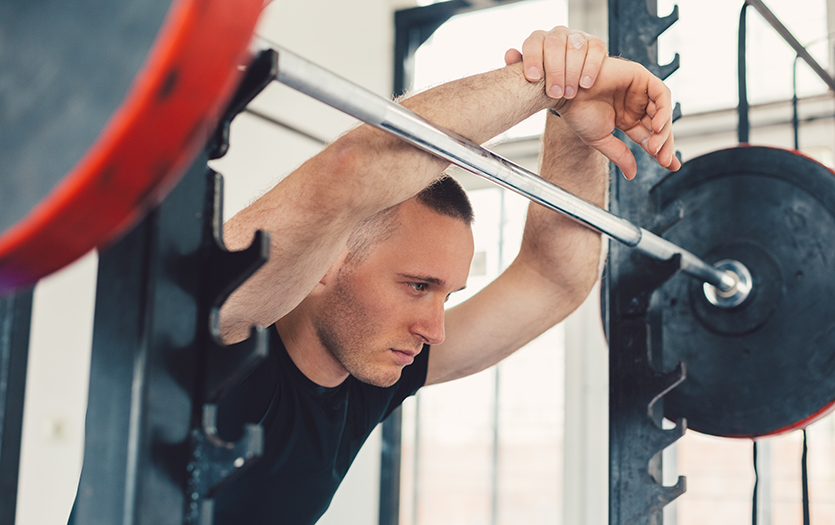
This post was written by Bear Ross, human performance specialist, Parkview Sports Medicine.
Learning to activate muscles during exercise can be a great way to improve your fitness training and achieve better results. The method is appropriate for athletes at every level, from the average gymgoer to world-class bodybuilders and top athletes.
The most important part of activating the muscles is understanding which ones are being used to correctly execute a movement. Beginners will often try to move through an exercise in whatever way is easiest for the body to complete. While this will still yield results, the greater improvements will come with proper form. Knowing what muscles are used to push, pull, squeeze and stretch are good cues for activating muscles in exercise.
The two main motions of lifting
The easiest way to work on activating muscle during a lift is to break the movement into two separate parts:
- The concentric (squeezing) motion
- The eccentric (stretching) motion
Concentric movements often occur at the beginning of the lift. This is the part of the lift when the muscle will typically feel the tightest. A good cue in the concentric phase is to squeeze the desired muscle to create more contraction.
The eccentric phase of a lift occurs as the muscles lengthen. This portion of an exercise can be more beneficial to focus on. Although the concentric is used to lift the weight, the eccentric phase can be controlled longer and promote more breakdown and regrowth of muscle tissue due to the strain of muscle lengthening. A great cue or thought during the eccentric phase is to slowly lower the weight through the full range of the lift.
The muscles should feel tension throughout.
One last suggestion for activating muscle is to lower the weight to a more manageable submaximal load. This allows for more concentration and ability to control the weight throughout the execution of the movement.
Learn more about how Parkview Sports Medicine can support your performance goals by visiting us here.



